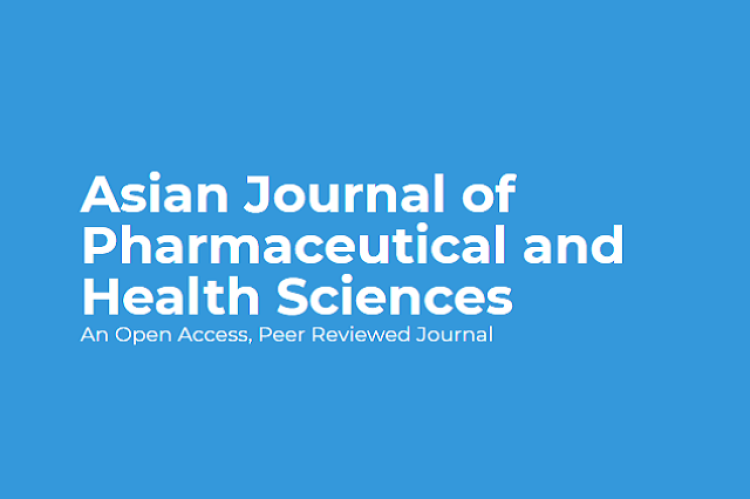Stevens-Johnson syndrome (SJS) and toxic epidermal necrolysis (TEN) are life-threatening severe cutaneous drug reactions. Skin and mucous membrane are mainly involved, characterized by necrosis, detachment of epidermis and exfoliation of the mucosa. The involvement of mucus membrane is further complicated by sepsis, gastrointestinal bleeding, and abnormalities of ocular and genitourinary systems, respiratory failure and death. Gatifloxacin is an antibiotic belong to the fourth-generation fluoroquinolone family. It works by inhibiting the bacterial enzymes DNA gyrase and topoisomerase IV. Systemic administration of Gatifloxacin was banned due to fluctuation in blood glucose levels. It was introduced in 1999 for the treatment of respiratory tract infections. Gatifloxacin ophthalmic solution is used to treat bacterial conjunctivitis in adults and children. We describe a case of 65 year old male with history of conjunctivitis presented in the general medicine clinic with complaints of mouth ulcers. On evaluation of the medication history it was assessed that the patient was given Gatifloxacin eye drops for the treatment of bacterial conjunctivitis. Blisters in mouth later leading to Steven Johnson Syndrome appeared after topical application of Gatifloxacin. Though Stevens Johnson Syndrome can be fatal, patient responded well to the treatment.
View:
- PDF (379.82 KB)


